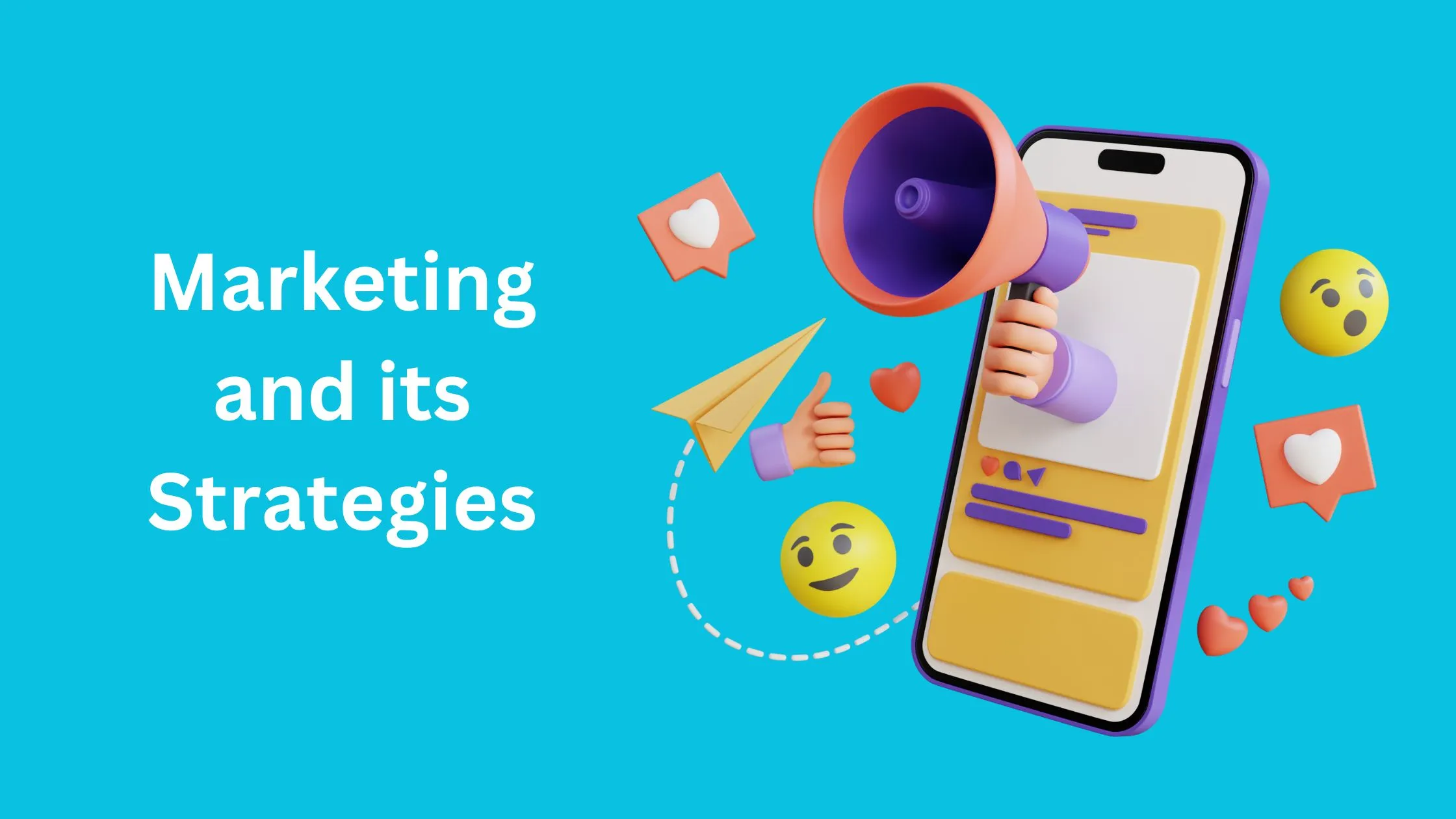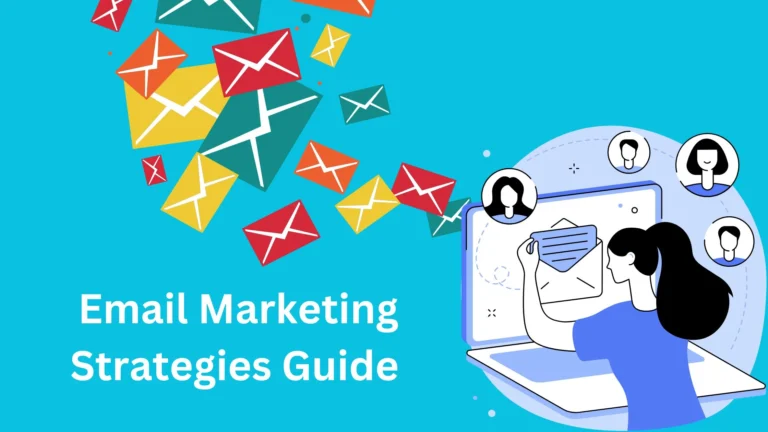What Is Marketing and Its Strategies: Complete Guide for Beginners

Marketing is more than just advertising — it’s the bridge between businesses and customers. In today’s digital-first world, knowing how marketing works is essential for anyone trying to grow a brand, reach customers, or drive sales.
What Is Marketing?
Marketing is the process of identifying, anticipating, and satisfying customer needs — profitably. It involves everything from product development to pricing, distribution, and promotion.
Simply put, marketing helps connect a product or service to the right people at the right time.
Understanding Marketing
Marketing includes a wide range of activities, such as:
- Researching customer needs
- Creating offers that match those needs
- Communicating the offer clearly and persuasively
- Delivering the offer efficiently
Modern marketing is not just about pushing a product — it’s about creating value and building trust over time.
Why Is Marketing So Important?
Without marketing, even the best products remain unknown.
Here’s why marketing is essential:
- Creates awareness of your brand and offerings
- Educates customers about features and benefits
- Drives sales and revenue growth
- Builds trust and customer relationships
- Differentiates your brand from competitors
Whether you’re a solopreneur or a large business, effective marketing can make or break your success.
What Is the Purpose of Marketing?
The primary goal of marketing is to attract and retain customers. But its deeper purposes include:
- Delivering value to customers
- Solving problems or fulfilling needs
- Creating demand for products/services
- Sustaining brand loyalty
- Maximizing profitability
Marketing isn’t just about today’s sale — it’s about long-term growth.
What Are the 4 P’s of Marketing?
Also called the Marketing Mix, the 4 P’s form the foundation of any marketing strategy:
1. Product
What you’re offering — including features, design, branding, and packaging. It must meet a need or solve a problem.
2. Price
The cost of the product. Pricing strategies affect customer perception, market demand, and profitability.
3. Place
Where and how the product is sold or distributed — online, retail stores, direct sales, etc.
4. Promotion
How you communicate your product’s value — through ads, content, social media, public relations, etc.
Types of Marketing Strategies
Marketing strategies vary based on goals, audience, and platforms. Below are the most effective types, including above-the-line and below-the-line techniques.
Above-the-Line (ATL) Marketing
ATL marketing targets a mass audience, using channels that reach wide demographics.
Examples:
- Television commercials
- Radio ads
- Billboards
- Print media (newspapers, magazines)
Best for: Brand awareness at scale
Below-the-Line (BTL) Marketing
BTL marketing is more targeted and direct, focusing on individual-level engagement.
Examples:
- Email marketing
- In-store promotions
- Direct mail
- Sponsorships
- Influencer campaigns
Best for: Lead generation and personal engagement
visit our blog to know about the complete guide to above the line advertising and below the line advertising
Common Marketing Strategies (Explained)
1. Digital Marketing
All marketing that happens online. Includes SEO, social media, email, PPC, and more.
2. Content Marketing
Creating useful, relevant content to attract and retain an audience (e.g., blogs, videos, podcasts).
3. Social Media Marketing
Using platforms like Facebook, Instagram, and TikTok to build relationships and drive engagement.
4. Email Marketing
Sending newsletters, offers, or updates directly to subscribers to nurture relationships and increase conversions. Check our detailed guide on email marketing strategies 2025
5. Search Engine Optimization (SEO)
Optimizing content and websites to rank higher in search results and get organic traffic.
6. Pay-Per-Click (PPC)
Running paid ads on platforms like Google or Facebook where you pay only when someone clicks.
7. Influencer Marketing
Partnering with influencers to promote your product to their followers.
8. Affiliate Marketing
Letting others promote your product in exchange for a commission per sale.
9. Guerrilla Marketing
Creative, unconventional campaigns that catch attention in public spaces — usually low cost and high impact.
10. Event Marketing
Sponsoring or organizing events (in-person or virtual) to promote products or build brand presence.
What Are the Benefits of Marketing?
Here’s what effective marketing can do for you:
- Increase brand awareness
- Generate consistent leads and sales
- Improve customer engagement
- Build credibility and trust
- Gain a competitive advantage
- Support product innovation through feedback
- Drive business growth
Whether you’re a startup or an established brand, the right marketing strategy amplifies your impact.
What Are the Limitations of Marketing?
Marketing is powerful — but not perfect. Here are some limitations:
- High costs: Paid ads, tools, and campaigns can get expensive
- Saturation: Markets are crowded, and standing out is tough
- Changing trends: Consumer preferences evolve quickly
- No guaranteed results: Even great campaigns can fail
- Privacy concerns: Data misuse can damage your brand reputation
To succeed, businesses must stay agile, ethical, and customer-focused.
Final Thoughts
Marketing is more than just a business function — it’s the engine that drives growth, visibility, and trust. By understanding what marketing is, how it works, and what strategies are available, you’re better equipped to reach the right audience and achieve your goals.
The key is choosing strategies that align with your audience, brand, and budget — and continuously testing, improving, and adapting along the way.

With 5+ years of SEO experience, I’m passionate about helping others boost their online presence. I share actionable SEO tips for everyone—from beginners to experts.


